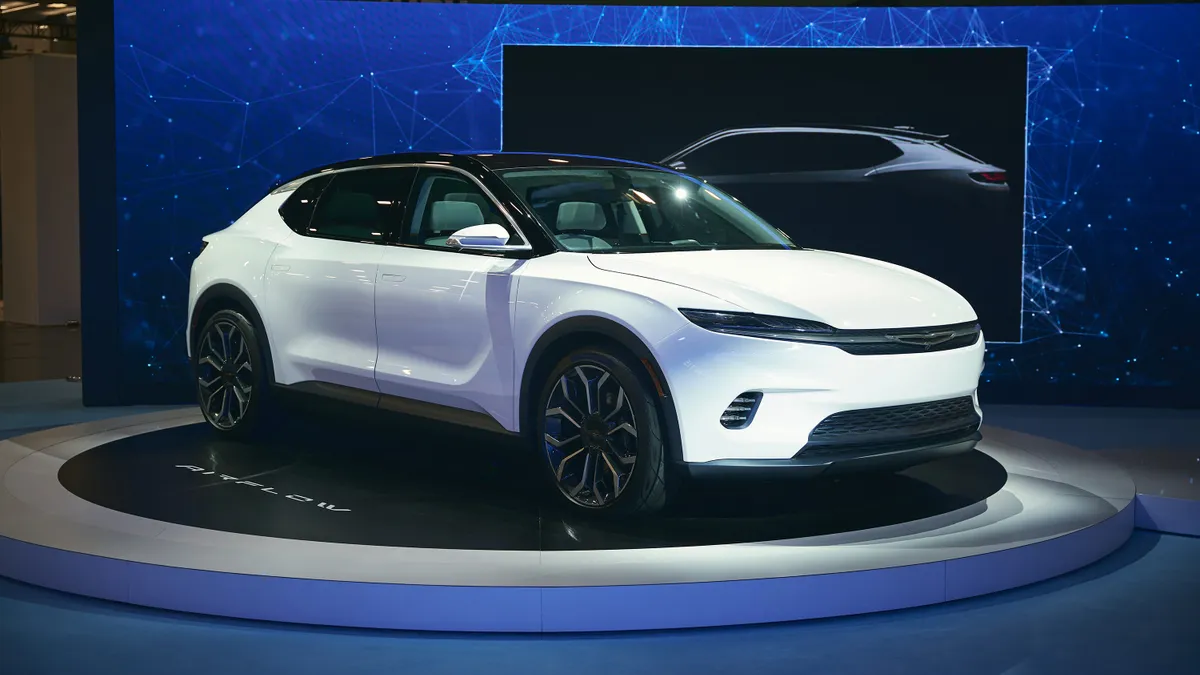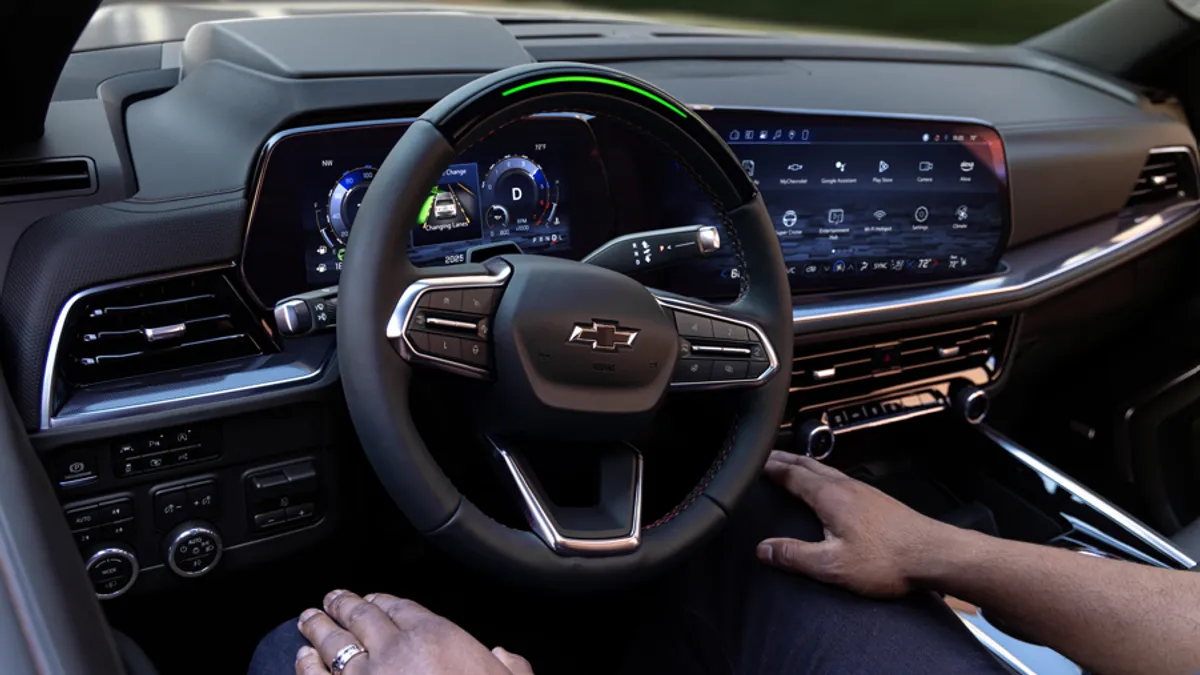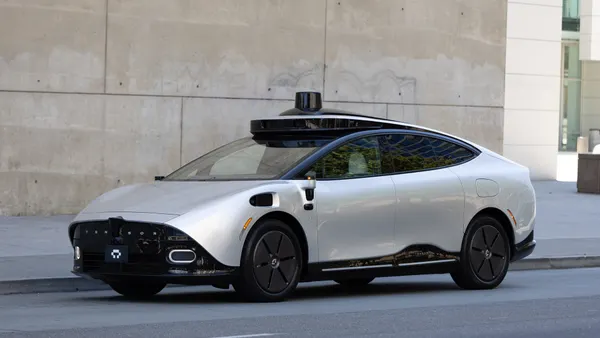Dive Brief:
- Stellantis is evaluating whether to adopt Tesla’s proprietary plug design, the North American Charging Standard, for its electric vehicles, Reuters first reported Tuesday.
- The move could allow Stellantis customers in the U.S. to use Tesla’s Supercharger network to charge their battery-electric vehicles without an adapter.
- Ford Motor Co. and General Motors recently agreed to install NACS plugs in their vehicles starting in 2025 to access Tesla’s charging infrastructure. If Stellantis strikes a similar deal, Tesla’s plug design could become the de facto standard for EV charging in the U.S.
Dive Insight:
While most EV charging stations in the U.S. use the Combined Charging System plug, they have struggled with reliability, giving Tesla and its more dependable Supercharger network a market advantage. According to a recent J.D. Power study, nearly 21% of EV drivers using public charging stations could not charge their vehicles due to charging failures or other equipment malfunctions.
Ford and GM hope allowing their vehicles to use Tesla’s charging stations will jumpstart their EV sales. Meanwhile, Tesla could earn up to $3 billion by 2030 by opening its vast Supercharger network to drivers of Ford and GM vehicles.
Stellantis said it would continue to focus on its Free2Move Charge brand, which provides access to charging stations through partnerships with charging providers.
“Our focus is to provide the customer the best charging experience possible,” a Stellantis spokesperson said in an email. “At this time, we continue to evaluate the NACS standard and look forward to discussing more in the future.”
The company, which owns brands like Alfa Romeo, Chrysler, Dodge, Fiat and Jeep, does not offer any BEVs in the U.S. However, the electric Fiat 500e will return to the U.S. market early next year, with more BEVs to follow.
BEVs will comprise all of Stellantis’ European sales and half its U.S. sales by 2030, according to the company’s electrification plan. Stellantis plans to offer over 75 BEV models and sell more than 5 million units annually by 2030.














